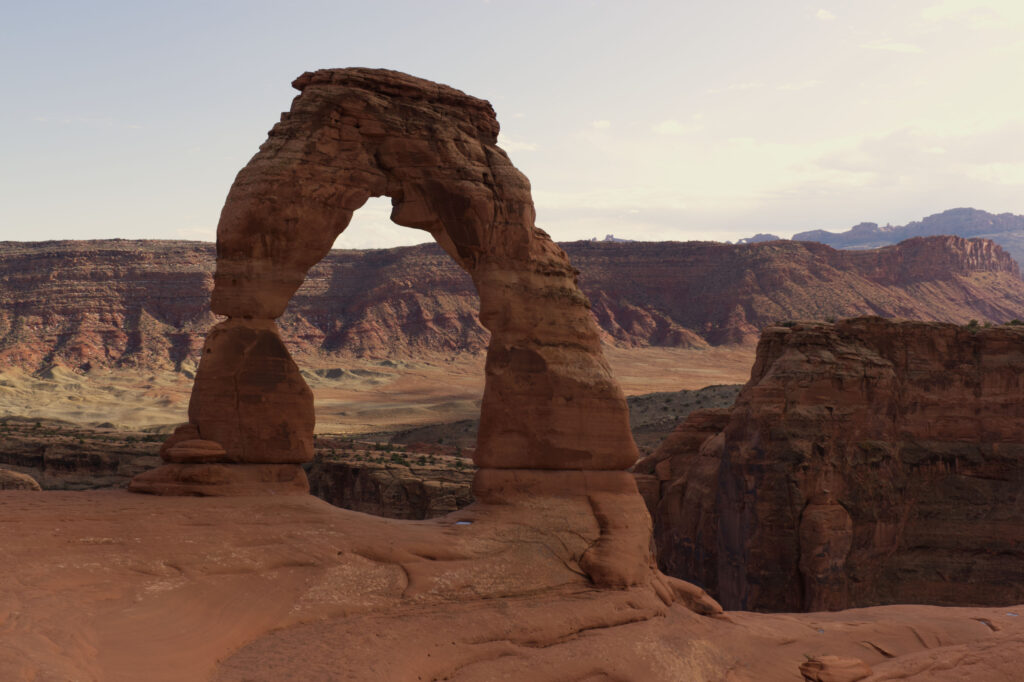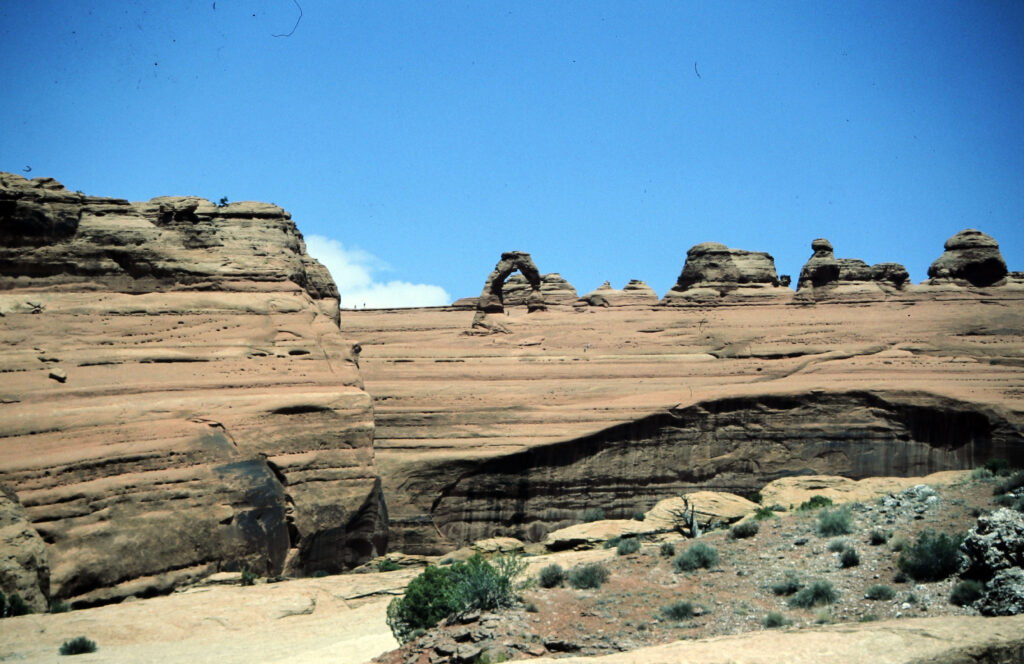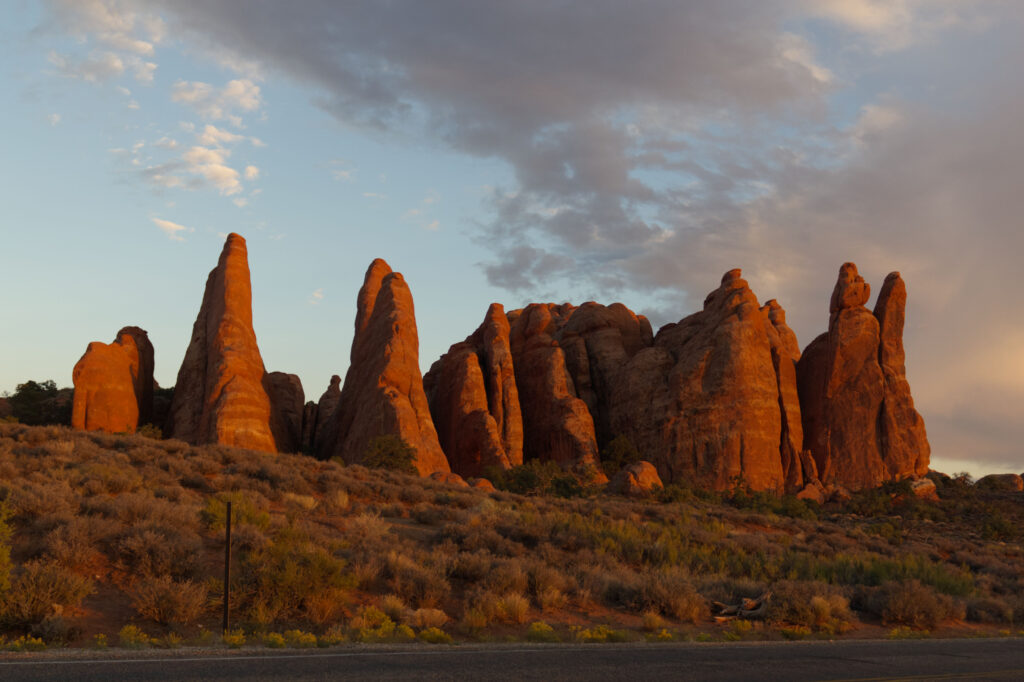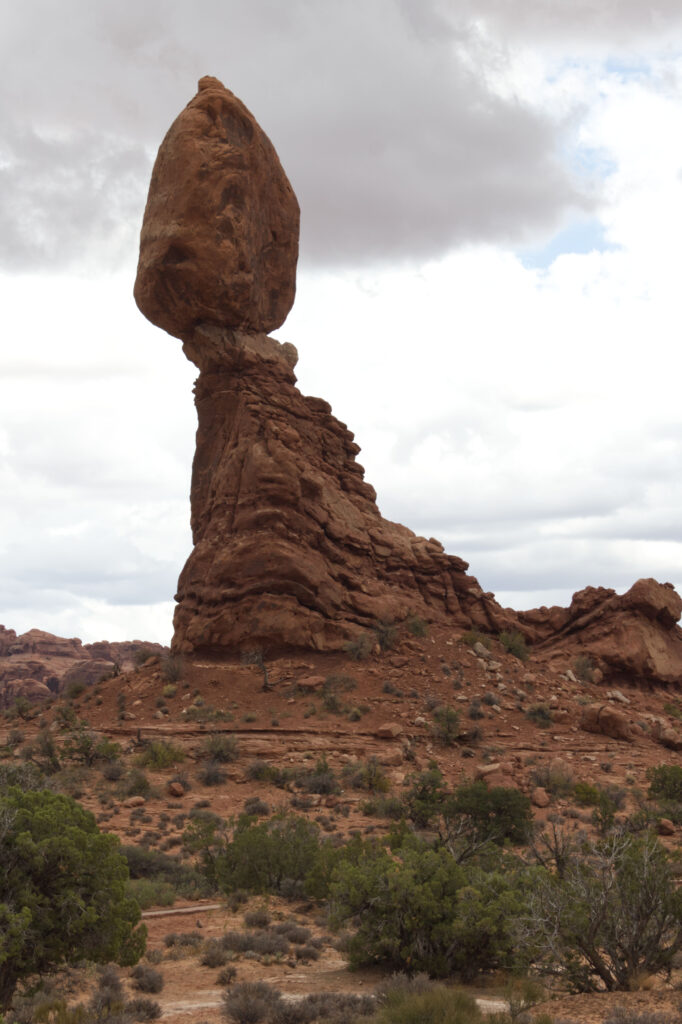Rocky Mountain Region
ARCHES NATIONAL PARK

Welcome to Arches National Park, a breathtaking desert wonderland located in eastern Utah. Known for its more than 2000 iconic natural stone arches, towering sandstone fins, and unique rock formations, this national park offers an unforgettable experience.

Basic Facts
Address:
Arches Entrance Road
Moab UT, 84532
Operation Hours and Seasons:
The park is generally open 24 hours a day, year-round.
Visitors:
1.8 million per year (2022)
Entrance Fees:
Private Vehicle – $30.00 admits one private, non-commercial vehicle and all its occupants
Per Person – $15.00
Website:
nps.gov/arch
Map:
nps.gov/arch/planyourvisit/maps.htm
Additional Information:
For additional local information, visit discovermoab.com
Important Note:
Piloted timed entry system
From April 1 to October 31, you are required to have a timed entry ticket in addition to paying the park entrance fee or having a parks pass. No worries, it’s an easy three step process:
Step 1 – secure your timed entry reservation online at recreation.gov
Step 2 – get your parks pass or pay the entrance fee
Step 3 – enjoy your visit
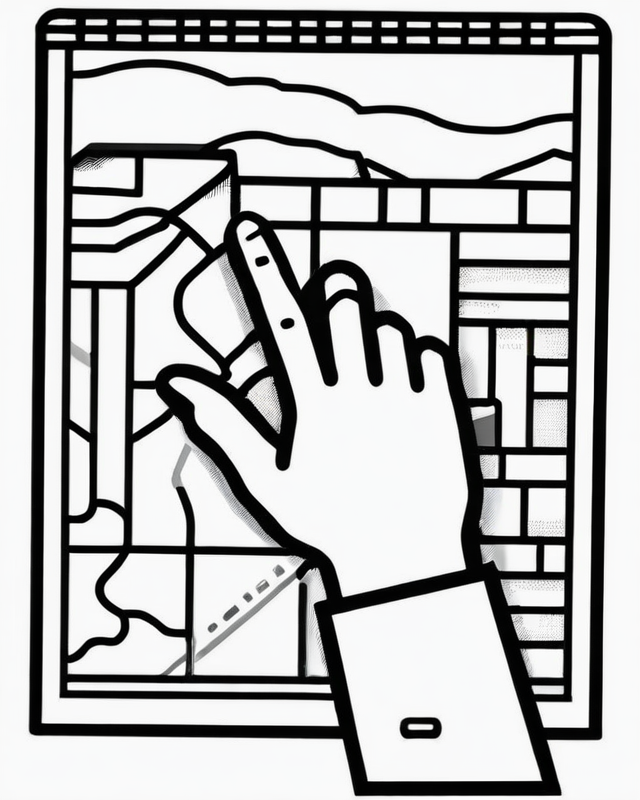
Getting there
The closest town is Moab, Utah. From Moab, drive north on US 191 for five miles.

Weather
The weather in Arches National Park varies significantly throughout the year.
Spring (March to May):
- Temperatures: Average highs range from 60s °F (15-20°C) to 80s °F (25-30°C).
- Springtime brings occasional rain showers.
- It’s a good time for hiking as the temperatures are moderate.
Summer (June to August):
- Temperatures: Highs often exceed 90s to 100s °F (32-38°C).
- It’s hot and dry, so staying hydrated is crucial.
- Trails can be challenging due to the intense heat, but early mornings or evenings can be good for exploration.
Fall (September to November):
- Temperatures: Similar to spring, with highs ranging from 60s °F (15-20°C) to 80s °F (25-30°C).
- Days are generally clear and pleasant.
- Fall is a popular time to visit due to milder temperatures.
Winter (December to February):
- Temperatures: Highs in the 30s to 50s °F (0-15°C), and nights often drop below freezing.
- Snow is possible but not frequent. Trails might be icy.
- Crowds are minimal during this time.
Arches National Park experiences extreme temperature fluctuations between day and night throughout the year. It’s advisable to check the specific weather forecast before planning a trip and to be prepared for sudden changes in weather conditions.
Let’s dive into the various activities you can enjoy during your visit:
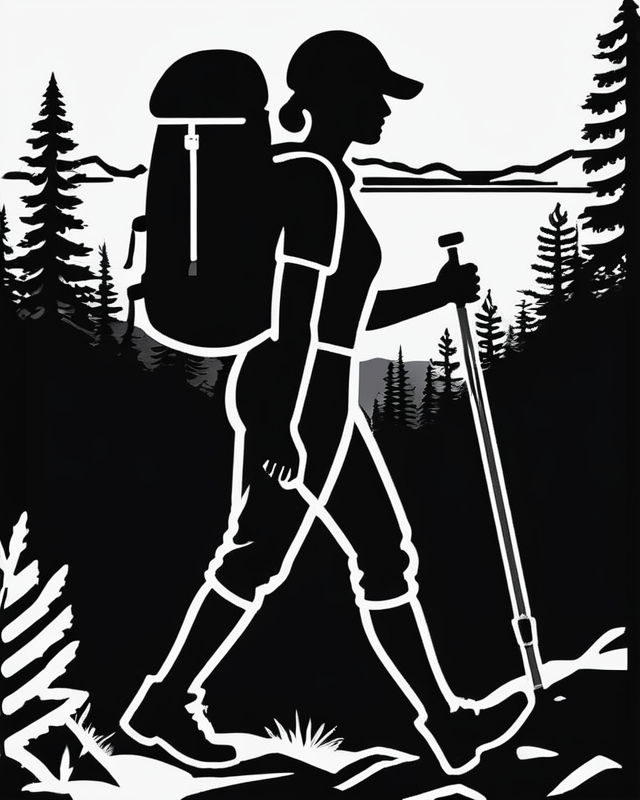
Hiking
Arches National Park has a variety of hiking trails that cater to different skill levels and interests. Here are some recommended hikes:
Easy
- The Windows: This is a 1 mile round trip. A gentle climb up a gravel loop trail leads to three massive arches.
- Landscape Arch: Start in the Devils Garden trailhead parking area. A relatively flat trail leads to a spectacular arch whose span is more than a football field in length.
Moderate
- Park Avenue: This one mile one way trail descends from the Park Avenue parking area steeply into a spectacular canyon and continues down the wash to Courthouse Towers. For round-trip hiking, please do not walk along the park road for your return trip.
Strenuous
- Double Arch Trail: A short and easy trail that leads to two magnificent arches, Double Arch is a favorite among families and photographers. The arches are particularly photogenic during early morning and late afternoon.
- Delicate Arch Trail: This is one of the most popular trails in the park, leading to the iconic Delicate Arch. It’s a moderately strenuous 3-mile round trip hike that offers stunning views of the arch and surrounding landscapes. The best time to photograph Delicate Arch is during sunset when the warm hues of the setting sun light up the rock.
- Devils Garden Trail: For a more challenging experience, try the Devils Garden Trail, a 7.2-mile loop that takes you to several arches, including Landscape Arch, the longest natural stone arch in the world.
- Fiery Furnace: This is a unique hiking experience that requires a permit and ranger-led tour due to its maze-like, narrow passages. The tour provides insight into the park’s delicate ecosystem and ancient geology.

Photography
Arches National Park is a paradise for photographers, offering endless opportunities to capture stunning landscapes and natural formations. Some photography tips include:
- Golden Hour: Make the most of the early morning and late afternoon golden hours when the soft sunlight enhances the colors and textures of the rocks.
- Night Photography: The park is designated as an International Dark Sky Park, making it an excellent spot for astrophotography. Capture the Milky Way and starry skies against the unique rock formations.
- Composition: Experiment with different angles and perspectives to create compelling compositions. Utilize leading lines and foreground elements to add depth to your images.
Consider the following features as fine starting points:
| Early Morning | Late Afternoon | ||
| Moab Fault | Park Avenue | ||
| The Three Gossips | Courthouse Towers | ||
| Sheep Rock | Petrified Dunes | ||
| The Great Wall | Balanced Rock | ||
| Turret Arch | The Garden of Eden | ||
| The Spectacles | North and South Windows | ||
| Double Arch | Delicate Arch | ||
| Cache Valley | Fiery Furnace | ||
| Wolfe Ranch | Skyline Arch | ||
| Landscape Arch | Fins in Devils Garden | ||
| Double O Arch | Tower Arch |

Horseback Riding
Experience the beauty of Arches National Park from a different perspective by exploring its trails on horseback. Horses are generally permitted in the park, though there are some restrictions on their use. Note that horseback riding and pack animal use is restricted to day-use only. Use is also permitted on all designated four-wheel roads. Travel in roadless areas is confined to the wash bottoms. Please check the park’s website for details: www.nps.gov/arch/planyourvisit/horsebackriding.htm.
There are also guided horseback tours available outside the park, which offer a unique and leisurely way to discover the rugged landscape and stunning arches.

General Aviation
As a private pilot, you have the option to fly into Canyonlands Field Airport (CNY), which is about 25 miles northwest of Arches National Park. Once you’ve landed, renting a car or arranging for ground transportation will allow you to reach the park and explore its beauty.
For aviation enthusiasts, the area around Moab, the town nearest to Arches National Park, is well-known for its scenic flight opportunities. You can take a small aircraft or helicopter tour to witness the vastness of the park and its neighboring attractions like Canyonlands National Park from the air.

Important Tips
- Weather: Arches National Park can get extremely hot during summer, so bring plenty of water and wear appropriate sun protection. Winters can be cold, and snow may occasionally close some roads and trails.
- Permits: Certain activities, like backcountry hiking and Fiery Furnace exploration, require permits. Check with the visitor center for details and availability.
- Respect Nature: Preserve the fragile desert environment by sticking to marked trails, avoiding walking on cryptobiotic soil, and packing out all trash.
- Photography Etiquette: When photographing delicate formations, be mindful not to touch or lean on them, as the oils from human skin can cause damage.
- Safety: Inform someone about your hiking plans and estimated return time. Cell phone coverage can be limited in the park, so carry a map and know how to navigate.
Remember, Arches National Park is a unique and delicate ecosystem, so let’s all do our part to protect and preserve its natural beauty for future generations to enjoy. Have a fantastic adventure exploring the wonders of Arches!

My personal experience
Arches was my very first National Park – ever. I was 25 years old and had just graduated from university. I always wanted to visit the United States but after speaking many times with one of my Mom’s second cousins who had travelled to the States several times, I was determined to visit the Southwest and the National Parks. Determination became reality in on July 2, 2001. A young men born and raised in a small German village found himself on a US Airways flight from Frankfurt, Germany to Pittsburgh, PA and later that on a connecting fight to Denver, CO. Four weeks of road trip laid ahead of me and Arches was the first destination. It took me a day to drive from Denver, CO to Moab, UT. I was struck with awe. The pictures I had seen were amazing, but being there was another level. July 4, 2001, America’s 225th birthday, became the day I fell in love with the National Parks. Equipped with an old pair of sneakers, a buddy’s SLR camera and 20+ rolls of slide film, I started my journey (I did not know back then that my journey would become a quest to see all the parks). The red desert landscape, azure skies, almost unlimited trails to explore were captivating.
